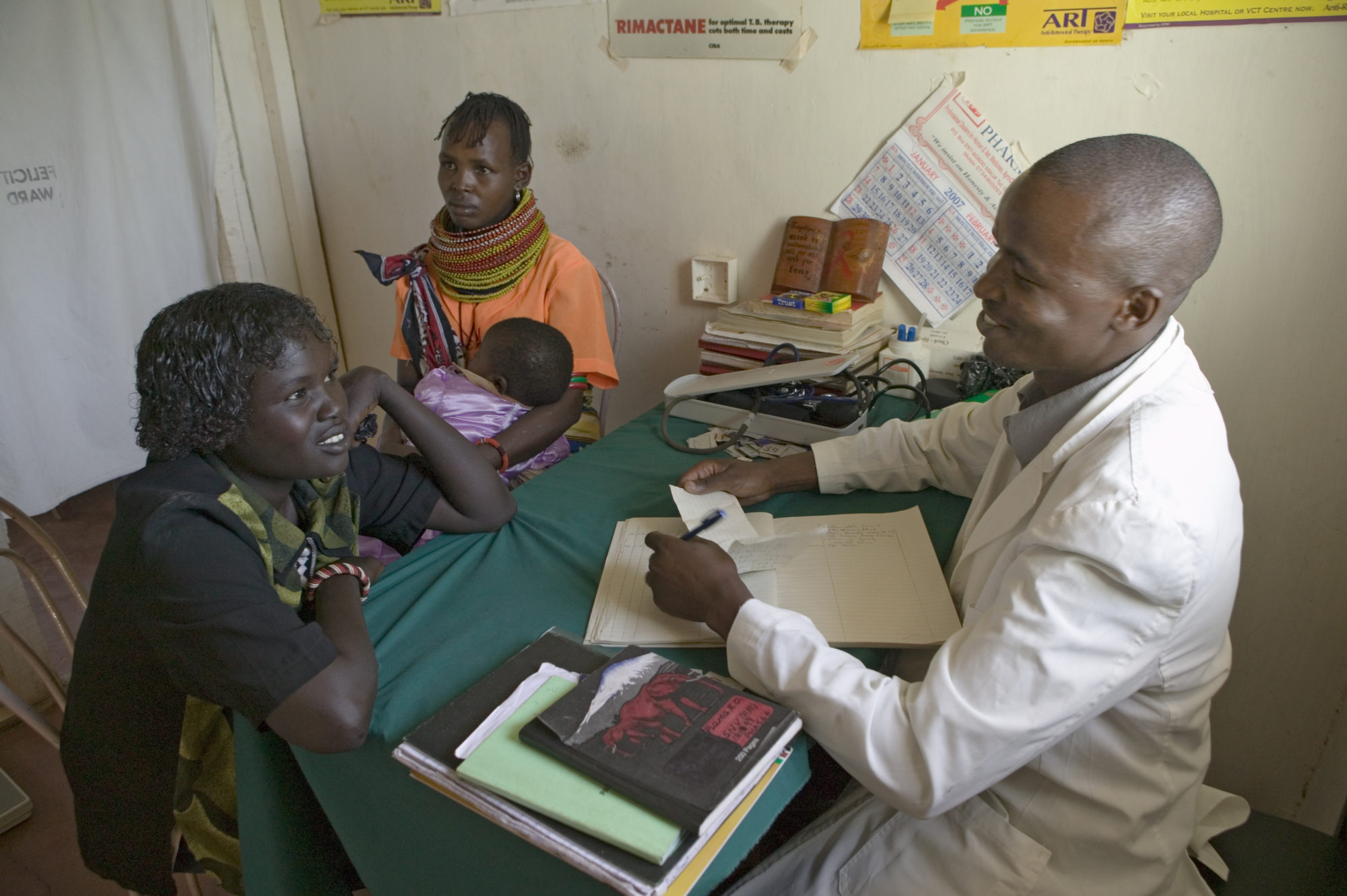
Swaziland’s microinsurance landscape
Microinsurance (or insurance in general) may not be affordable to all Swazis. Below a certain income threshold, non-market interventions such as public social safety nets can play the role of insurance. With this in mind, the market opportunity for microinsurance in Swaziland is estimated to stand at about 633,000 people.



















